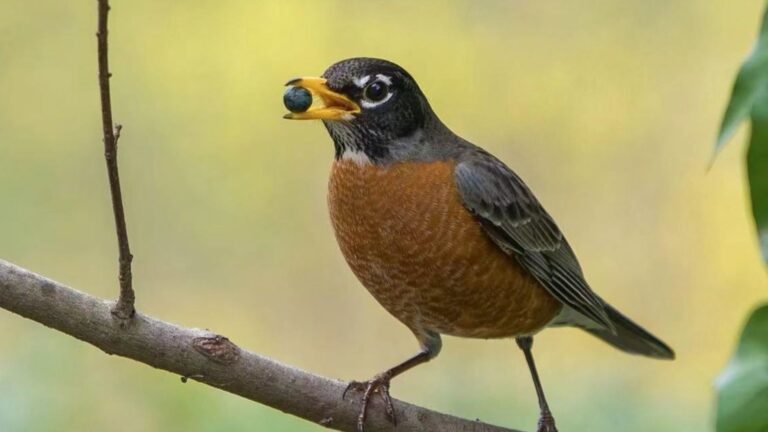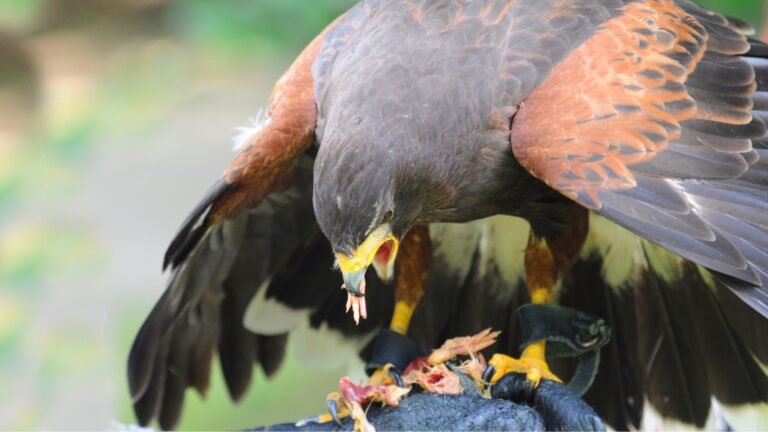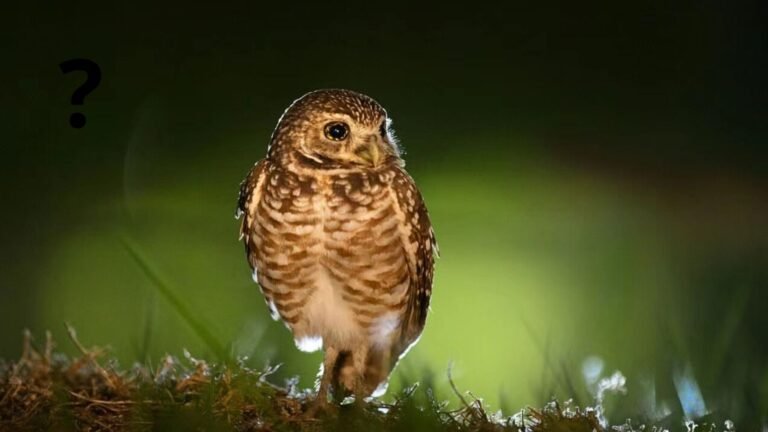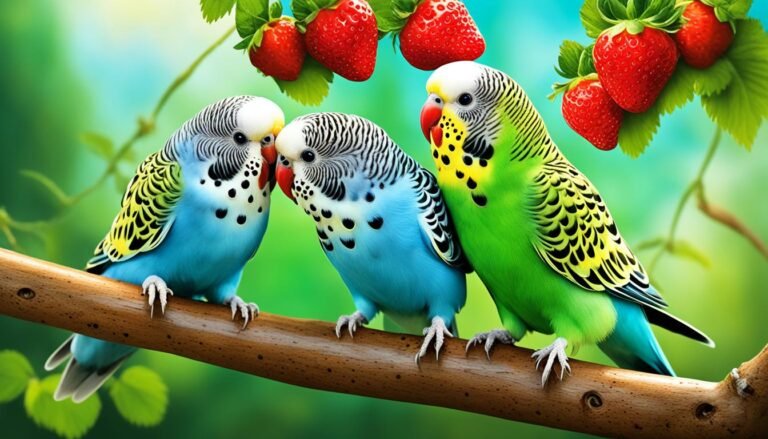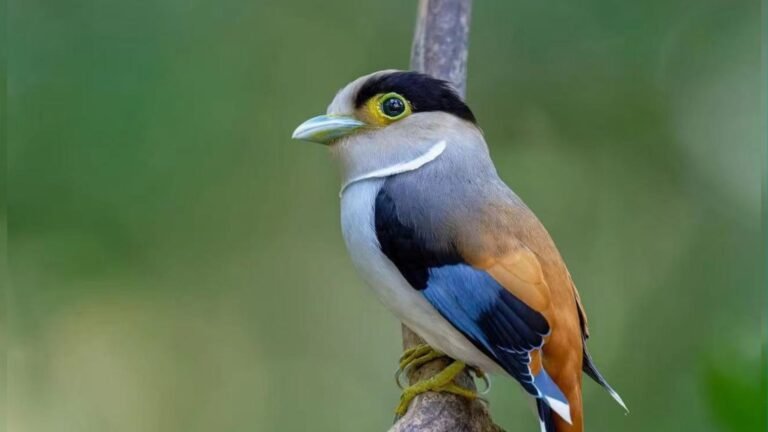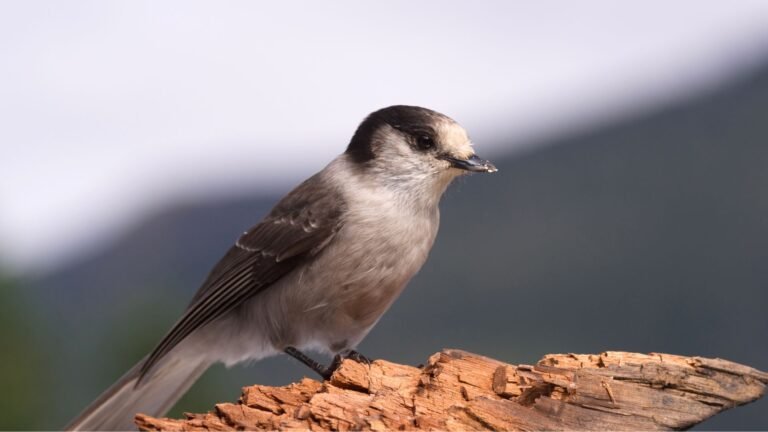Why Do Birds Preen Their Feathers Regularly?
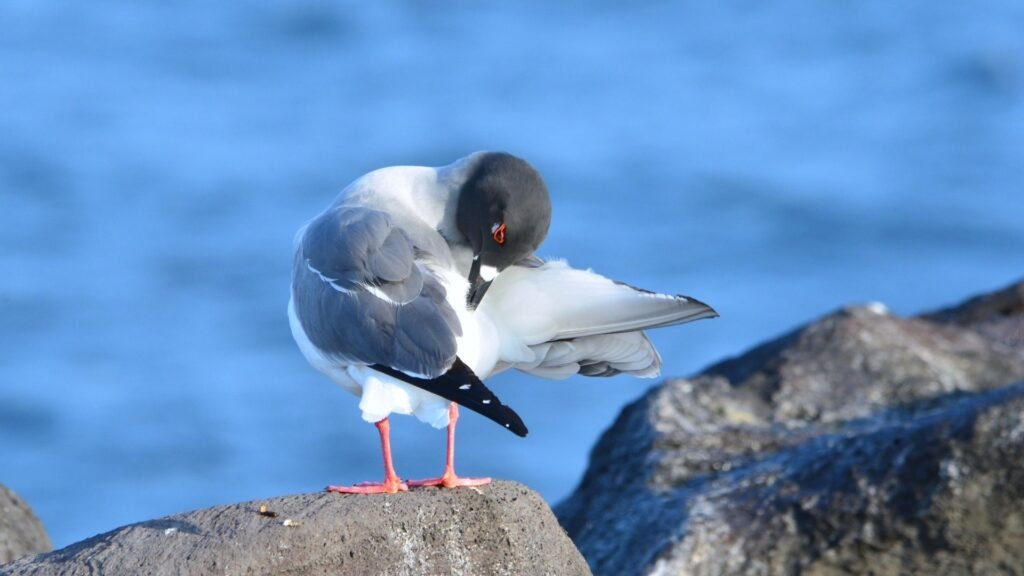
Ever wondered why birds spend so much time grooming their feathers? Birds have several reasons for preening, from maintaining feather health to spreading natural oils.
What is Preening?
Preening is a crucial grooming behavior observed in birds, involving the maintenance and care of their feathers.
This meticulous process is vital for maintaining plumage quality, as it helps birds remove dirt, parasites, and excess oil from their feathers. During preening, birds also distribute natural oils produced by their uropygial gland, which waterproofs their feathers and enhances their insulating properties.
Preening plays a key role in bird social interactions, as it strengthens pair bonds through mutual grooming rituals. Beyond aesthetics, regular preening contributes to a bird’s overall health by ensuring optimal feather condition for effective flight, insulation, and camouflage.
What Are the Different Types of Preening?
Various types of preening behaviors are exhibited by birds, including oil preening, dust bathing, and allopreening.
Oil preening is a fascinating behavior where birds use the oil secreted from a specialized gland, known as the uropygial gland, to coat their feathers. This process not only waterproofs their plumage, enabling them to stay dry and buoyant in water, but also helps in regulating body temperature.
Dust bathing, on the other hand, involves birds rolling in dust or loose soil to remove excess oils, dirt, and parasites from their feathers. It assists in maintaining feather cleanliness and health.
Allopreening, a form of social grooming, is crucial for fostering social bonds within bird communities. Through allopreening, birds groom each other’s feathers, reinforcing relationships and group cohesion.
You might also like: Do Birds have Sense Of Smell
Why Do Birds Preen Their Feathers?
Birds preen their feathers for multiple reasons, such as maintaining feather health, spreading natural oils, and removing dirt and debris.
Feather preening is crucial for birds as it not only helps in keeping their plumage clean and tidy but also facilitates the distribution of essential oils produced by the uropygial gland. This gland, located at the base of the tail, secretes oil that birds spread across their feathers during preening. By doing so, birds waterproof their feathers, making them more resistant to environmental elements such as rain and allowing for effective insulation against cold temperatures.
Maintaining Feather Health
Maintaining feather health through preening is vital for birds to prevent parasite infestations and ensure optimal health and flight performance.
Preening, which is a critical grooming habit among birds, serves various essential functions beyond just surface cleaning. It helps in removing feather-degrading bacteria that can lead to infections, ensuring that the feathers remain strong and resilient. Through preening, birds can redistribute natural oils across their feathers, which not only aids in waterproofing but also contributes to maintaining insulation and regulating body temperature.
The act of preening plays a crucial role in fostering symbiotic relationships within bird species. By assisting each other in hard-to-reach areas during grooming sessions, birds reinforce social bonds and cooperation. This behavior is particularly prominent in species that engage in mutual preening, showcasing a form of teamwork and trust among individuals.
Spreading Natural Oils
Birds spread natural oils during preening, sourced from their uropygial gland, to waterproof their feathers and maintain flexibility.
These oils produced by glands located at the base of a bird’s tail play a crucial role in keeping their feathers in prime condition, repelling water and preventing them from becoming waterlogged.
This waterproofing mechanism assists in maintaining the bird’s body temperature by protecting them from moisture, especially during adverse weather conditions.
By evenly coating each feather with this specialized oil, birds can ensure enhanced flight performance and agility, reducing drag and allowing for seamless aerial maneuvers.
Removing Dirt and Debris
Preening aids birds in removing dirt and debris from their feathers, ensuring cleanliness and proper maintenance of their plumage.
This essential behavior not only keeps the outward appearance of birds pristine but also plays a crucial role in maintaining feather health.
During preening, birds meticulously use their beaks to clean each individual feather, align them properly, and remove any parasites that might have taken residence. Grooming also helps distribute natural oils produced by specialized powder down feathers, enhancing the water-resistant properties of the plumage.
This self-care routine is not just about aesthetics; it directly impacts the bird’s ability to regulate body temperature and stay aloft. Through preening, birds exhibit a fascinating display of innate behavior that is as functional as it is beautiful.
Maintaining Body Temperature
Preening plays a crucial role in helping birds regulate their body temperature by ensuring proper insulation and waterproofing of feathers.
For instance, preening not only aligns and zips feathers together, creating a continuous layer that traps heat close to the bird’s body, but it also helps in spreading natural oils produced by the uropygial gland along the length of each feather, enhancing their waterproofing properties and preventing water from penetrating to the skin. This meticulous process enables birds to stay warm and dry, maintaining an optimal internal temperature even in varied environmental conditions.
How Do Birds Preen Their Feathers?
Birds engage in preening by using their beaks to carefully groom and arrange their feathers, ensuring each plumage is in pristine condition.
During preening, birds focus not only on removing dirt but also on aligning the intricate structures of their feathers. This process involves meticulously running their beaks through each feather to maintain its shape and functionality. They pay close attention to special feathers known as pin feathers, which are newly emerging and require delicate care.
Birds possess mechanical receptors located at the base of their feathers that provide sensory feedback, helping them detect any abnormalities or misalignments in their plumage. Through these receptors, birds can efficiently detect and rectify any issues that may affect their flight efficiency or insulation.
You might also like: 6 Birds Hause To Attract Birds
What Happens If Birds Don’t Preen Their Feathers?
Failure to preen their feathers can result in severe consequences for birds, including feather damage, impaired flying abilities, and increased vulnerability to predators.
Feathers are a crucial element of a bird’s anatomy. When neglected, they not only lose their insulating properties but also become less effective in maintaining body temperature. This can lead to illness or even death, particularly in colder climates. Damaged feathers result in compromised aerodynamics, making flight challenging and potentially hazardous. Predators take advantage of birds with unkempt plumage, as it signals weakness and makes them easier targets. In the wild, the ability to preen properly is essential for survival and overall well-being.
Feather Damage
Neglecting preening can lead to feather-plucking behaviors in birds, often triggered by stress, anxiety, or boredom.
Feather-plucking, also known as psychogenic feather picking, is a common issue in pet birds that can arise when they are not able to engage in proper preening activities. When birds feel stressed or anxious, they may resort to this destructive behavior as a coping mechanism, sometimes resulting in significant feather loss and even talon damage.
It is essential for bird owners to understand the importance of providing a stimulating environment, adequate social interaction, and mental enrichment for their feathered companions to prevent them from developing such harmful grooming habits.
Difficulty Flying
Improper preening can compromise a bird’s ability to fly due to impaired feather waterproofing and aerodynamic functionality.
When a bird doesn’t maintain its feathers through proper preening, the barbicels and barbules, which are essential for creating a tight, aerodynamic structure, can become damaged. This compromises the feather’s ability to interlock perfectly, affecting its waterproofing properties and smooth surface. As a result, water can penetrate through the feathers, leading to increased weight and reduced air resistance, both of which are detrimental for efficient flight. The aerodynamic efficiency of a bird’s feathers is crucial for reducing drag and improving lift, allowing it to navigate the skies effortlessly.
Vulnerability to Predators
Birds that do not preen properly face an increased risk of predation due to reduced feather waterproofing and camouflage capabilities.
Feather waterproofing is crucial for birds as it plays a vital role in maintaining their body temperature, aiding in flight, and protecting them from environmental elements.
Proper grooming through preening helps birds maintain the integrity of their feathers, preventing them from getting waterlogged and ensuring effective insulation.
Well-preened feathers enhance a bird’s ability to blend into its surroundings, making it less conspicuous to potential predators.
By neglecting preening, birds compromise their natural defenses, making them more susceptible to attacks and reducing their chances of survival in the wild.
How Often Do Birds Preen Their Feathers?
Birds engage in regular preening habits, with daily grooming sessions for maintenance and seasonal patterns for breeding and molting.
As social creatures, birds often bond through mutual preening, reinforcing their avian bond and maintaining social harmony within the flock. Daily grooming not only keeps feathers clean but also helps distribute natural oils for waterproofing and insulation.
During breeding seasons, preening plays a crucial role in courtship rituals, with birds meticulously grooming to attract potential mates. Molting periods witness intense preening as old feathers shed, requiring thorough care to ensure healthy new growth.
Daily Preening Habits
Birds engage in daily preening habits to maintain feather quality, remove debris, and ensure optimal grooming conditions.
Regular preening is vital for birds as it helps to distribute natural oils from the uropygial gland onto their feathers, making them water-resistant and reducing heat loss.
This meticulous process involves meticulous examination of each feather, as birds use their beaks to zip and align barbs, ensuring flight efficiency.
Mutual grooming is also a common behavior among certain bird species, reinforcing social bonds and promoting group cohesion.
Not only does preening contribute to overall feather cleanliness, but it also plays a crucial role in feather care and health maintenance, preventing mites and parasites from infesting plumage.
Seasonal Preening Patterns
Birds exhibit distinct seasonal preening patterns tied to molting, breeding, and environmental changes to adapt to varying conditions.
During molting, birds meticulously preen to remove old feathers and promote the growth of new ones, ensuring optimal flight capabilities. Reproductive season brings about increased preening as birds groom to attract potential mates through vibrant plumage displays. Environmental stressors like extreme heat or cold prompt birds to intensify preening to maintain insulation or regulate body temperature. These behavioral adjustments showcase how birds prioritize their grooming routines to survive and thrive in dynamic ecosystems.
Can Humans Help Birds with Preening?
Human intervention can assist birds with preening by providing a clean environment, grooming tools, and seeking veterinary care for feather-related issues.
This assistance is crucial in maintaining optimal feather care for our avian companions. A clean environment helps prevent feather contamination and reduces the risk of parasites that can affect the health of birds.
Offering grooming tools such as misting spray or preening toys can stimulate natural preening behavior. Seeking professional veterinary care ensures early detection of any feather-related problems and provides necessary treatment.
Providing a Clean Environment
Creating a clean environment for birds aids in maintaining their feather health, reducing stress, and promoting overall well-being.
Feathers are a crucial aspect of a bird’s physiology, acting as their protective shield and aiding in activities like flight and insulation. Feather health directly impacts a bird’s ability to regulate body temperature and stay buoyant while swimming or flying.
By ensuring a clean living space, bird owners provide the foundation for effective preening, which involves the maintenance and grooming of feathers. This process not only keeps the feathers in top condition but also serves as a crucial stress-relief mechanism for birds. A clean environment minimizes the risk of harmful pathogens, ensuring disease prevention and overall better health for aviary birds.
Offering Grooming Tools
Providing birds with appropriate grooming tools can enhance their preening experience, aiding in feather maintenance and grooming comfort.
When birds have access to quality grooming tools, such as perches of varying textures and sizes, they can effectively remove dirt and excess oil from their feathers, ensuring optimal cleanliness and health. Talons naturally accumulate debris, and having designated tools helps prevent feather damage or feather-plucking behaviors, reducing stress and promoting their well-being. The act of preening not only maintains feather integrity but also encourages blood circulation and distribution of natural oils, vital for healthy plumage and insulation.
Seeking Veterinary Care for Feather Issues
Consulting a vet for feather-related concerns is crucial to address any grooming issues, infections, or abnormalities affecting a bird’s plumage.
Feathers play a vital role in a bird’s overall health and well-being, serving multiple purposes such as insulation, flight, and display.
When a bird starts exhibiting signs of feather problems like plucking, discoloration, or excessive molting, it could indicate underlying health issues that need prompt attention.
Regular check-ups with a qualified avian vet are essential to identify and treat feather infections, parasites, or nutritional deficiencies which can impact the bird’s physical and psychological health.

